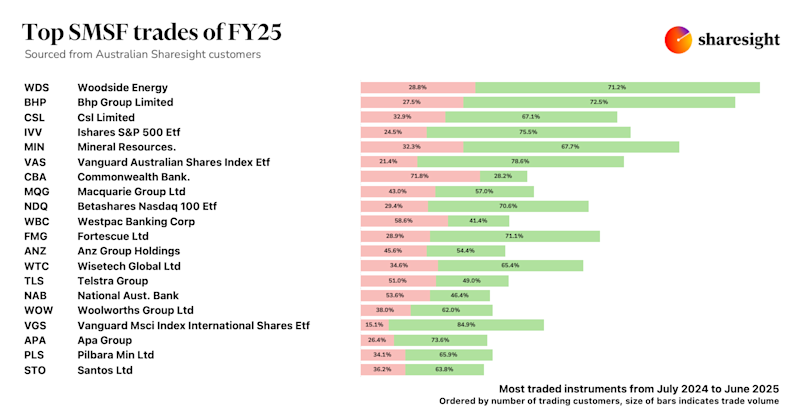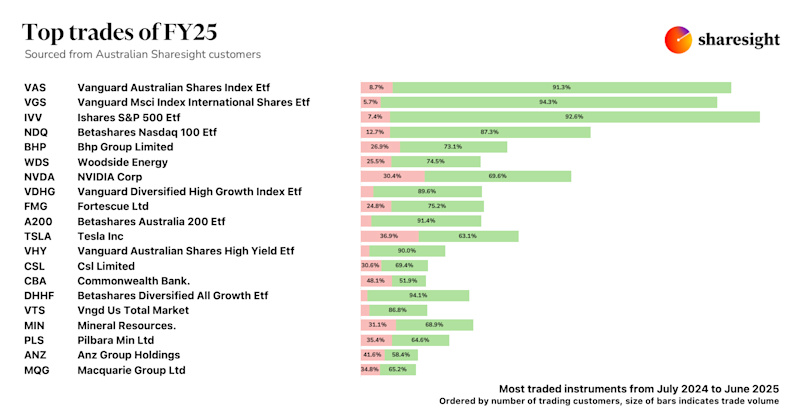Portfolio diversification: what does it mean to you?
Most DIY investors looking to grow their investment portfolios for the long-term will consider diversification in their investment strategy. Indeed, in some countries, including Australia, many DIY investors must by law consider diversification of their portfolios (see my recent article on the topic in The Australian and more information on the regulations for Australian SMSF trustees).
But, going back to basics, what is portfolio diversification, why does it matter – and how can you put the theory into practice?
For many of us, the old saying “don’t put all your eggs in one basket” springs to mind when we think of diversification. But this is only part of the picture.
In fact, I’d suggest that there are two main reasons why portfolio diversification is important.
The first and – most obvious – aspect is that by broadening your asset exposure (investing, for example, in shares, property and fixed income), you should be able to limit investment risk should any one of those investments underperform. Yes: the “eggs in a basket” bit.
But the other aspect, while perhaps more subtle, is very important. This is the concept pioneered by Nobel prize-winning economist Harry Markowitz in the1950s and 1960s that calls diversification the only ‘free lunch in investing.’
What this means is that by diversifying across uncorrelated asset classes – traditionally bonds and stocks – portfolio returns can be improved while at the same time lowering risk. This is because the two asset classes often move in different directions and can thus reduce the overall volatility of the portfolio.
So diversification isn’t simply a matter of protecting your portfolio in tough markets; rather, it can also be a means of generating greater returns over the long term.
It seems to me like some investors tend to overlook this second principle of diversification.
In practical terms most DIY investors articulate diversification by providing a target asset allocation for each of a number of asset classes and then the ranges within which they will accept variation. This is a simple way to monitor that the portfolio is staying within the overall guidelines of their investment strategy.
Sharesight members will know that the Diversity Report provides an easy way to analyse the diversification of their own share portfolios across investment type, industry sectors and markets.
What does diversification mean to you? And what tips and tools do you use for ensuring diversification of your own portfolio? Leave a comment in our community forum!
FURTHER READING

Sharesight users' top 20 trades – June 2025
Welcome to the June 2025 edition of Sharesight’s monthly trading snapshot, where we look at the top buy and sell trades by Sharesight users in all markets.

Top SMSF trades by Australian Sharesight users in FY24/25
Welcome to our annual Australian financial year trading snapshot for SMSFs, where we dive into this year’s top trades by Sharesight users.

Top trades by Australian Sharesight users in FY24/25
Welcome to the FY24/25 edition of our Australian trading snapshot, where we dive into this financial year’s top trades by Sharesight users.